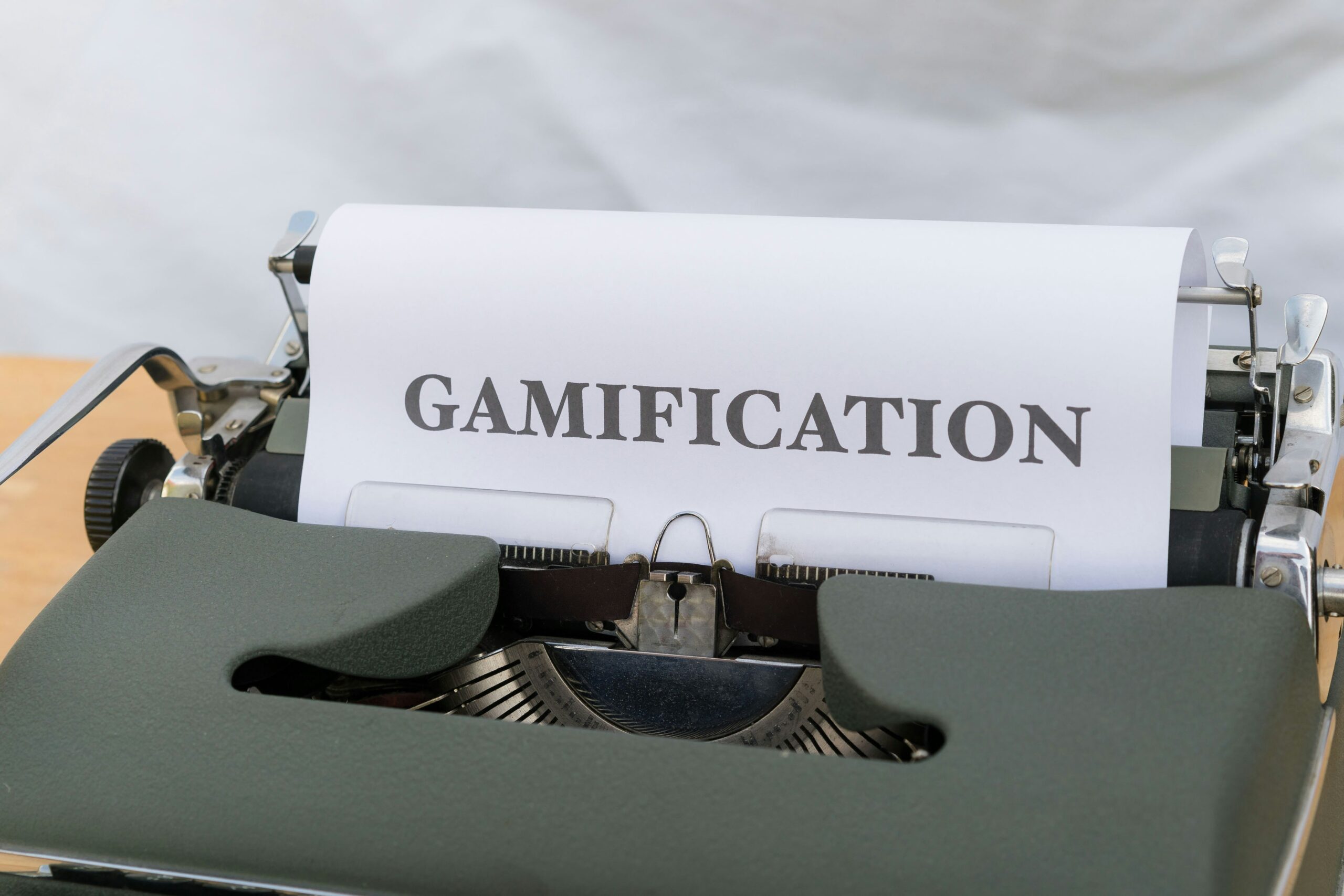Think about the apps you have used today and how you interact with them. The chances are you have been sent notifications with news, offers, rewards, and challenges.
Your language app asks you to continue your learning streak, your fitness app notifies you that it’s time for a workout, or your banking app tells you of the new product that might be useful for you.
This language has moved from gaming into our daily technology seamlessly, without most of us noticing what is happening.
However, gamification isn’t all about fun; it makes apps more usable and interesting and entices us to come back for more. Whereas before we wondered where this tech existed, this is no longer the question; rather, it is how it is integrated into each app that we use.
The Foundations of Gamification
Gamification has its roots in interactive entertainment, especially in the digital world. For example, if we look at the gaming industry, it has been used for decades, and now it is being used successfully in the iGaming sector. We can see it implemented in Betfair slots, illustrating the effective use.
Gamers can play a range of themed online games from classic fruit machines to more modern iterations like Megaways with daily features. These offerings show how visual cues, bonuses, and progress indicators can be used to improve the user experience.
These same techniques are common in non-gaming contexts and transform apps from the mundane into an interesting, motivating experience.
From Fitness to Finance: Real-World Applications
A noticeable example of gamification is in the fitness industry, where apps like Strava have public leaderboards, badges for achievements, and monitor exercise streaks too. Acting as a motivating factor to improve fitness, these apps use psychological techniques effectively and keep those runners pounding the pavement.
A similar technique is used by Duolingo, the language app, which encourages learning streaks and offers rewards for using the app. Users can stay engaged and feel like they are making progress as they move through levels of learning.
It’s not just our hobbies that have been transformed, though; financial institutions have got in on the act too. Newer platforms like Revolut have created savings challenges and milestone trackers, as well as helping users to round up transactions, making personal finance a little more approachable.
These industries, as well as many more, have borrowed directly from mechanics perfected in entertainment and have successfully applied them to their industries.
Designing Engagement Through Play
This success is based on making people want to participate. It has even transformed corporate workplaces. Most companies have now integrated it into professional development. For example, Salesforce Trailhead uses points and badges that motivate employees to learn new skills.
Kahoot! has done the same for the education sector, making lessons more competitive and interactive. Companies have focused on making users engage with their apps, noticing that if they make everyday activities more engaging, they can grow their business.
Gamification is now an important feature in tech design, regardless of the industry. From step counters to rewards for learning about workplace safety, gamification has touched our lives in countless ways. As the industry continues to mature, its effect should continue to make applications more user-friendly and engaging.


